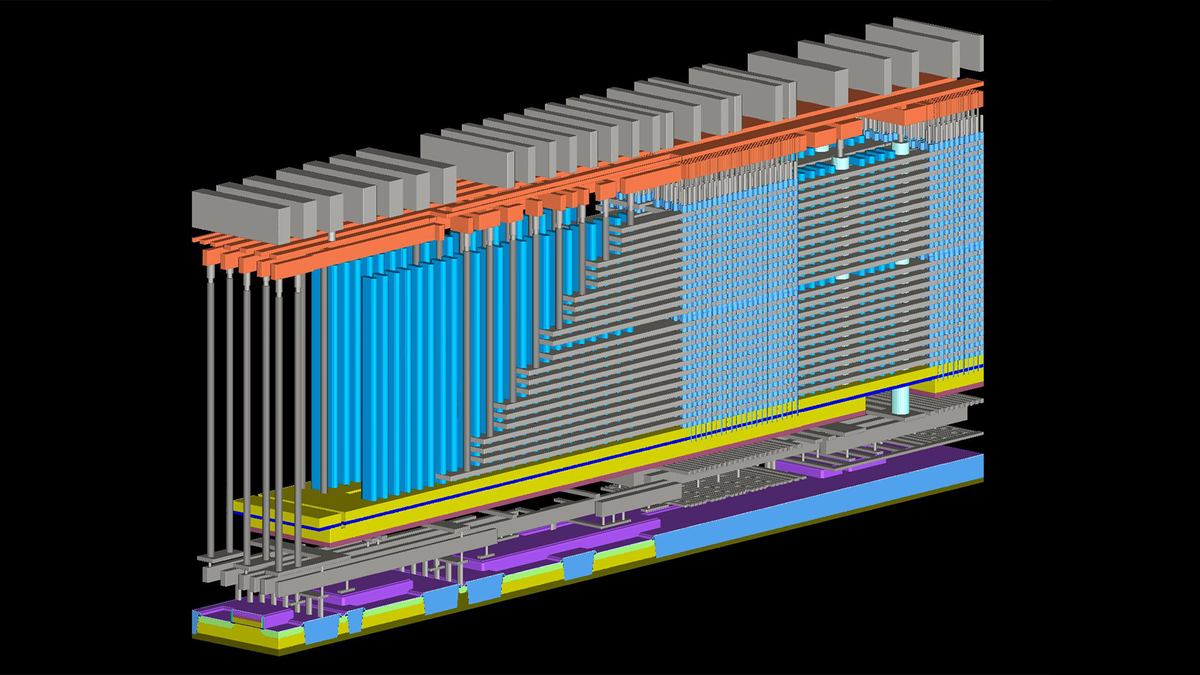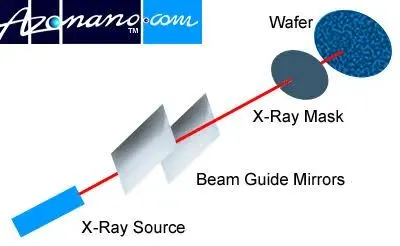
The advanced packaging (AP) market is expected to have a CAGR23-29 of 11% to reach $69.5 billion in 2029, says Yole Group.
The AP supply chain is undergoing significant transformation, driven by new investments in facility expansions by existing OSATs and IDMs.
ASE, Amkor, TSMC, Intel and JCET remain the top 5 players by revenues.
In 2023, AP accounted for approximately 44% of the total IC packaging market, and its share is steadily increasing due to various megatrends, such as AI, HPC, automotive, and AIPCs. After a correction in 2023, the AP market is set to recover in 2024 and continue its long-term growth.
Sub-markets within AP, including Flip-Chip, SiP, FO, WLCSP, ED, and 2.5D/3D are all experiencing positive growth and driving the AP industry forward.
Governments are investing heavily in domestic semiconductor ecosystems to address supply chain security and competitiveness concerns. “India is positioning itself as a significant OSAT hub, attracting substantial investments in semiconductor manufacturing, packaging, and testing facilities,” says Yole’s Bilal Hachemi, “Malaysia, with its established semiconductor infrastructure, is becoming a preferred destination for companies relocating from China. Vietnam is also seeing growth in semiconductor investments, particularly in OSAT and packaging, driven by strategic partnerships with the United States following the CHIPS and Science Act.”
The AP supply chain is undergoing significant transformation. OSATs are expanding their testing capabilities, while pure-play test houses are investing in packaging and assembly.
Foundries are entering the packaging space, posing a competitive threat to traditional OSATs.
The industry is experiencing a paradigm shift in the packaging and assembly business, with players from diverse backgrounds entering the market.
Foundries, substrate suppliers, and EMS /ODM s are all making inroads into packaging and assembly, blurring traditional boundaries.
In this evolving landscape, TSMC’s integrated business model, combining front-end manufacturing with AP capabilities, is becoming a benchmark for the industry.
Samsung is using AP to bridge its foundry and memory businesses, while Intel is making AP a central element of its IDM 2.0 strategy.








